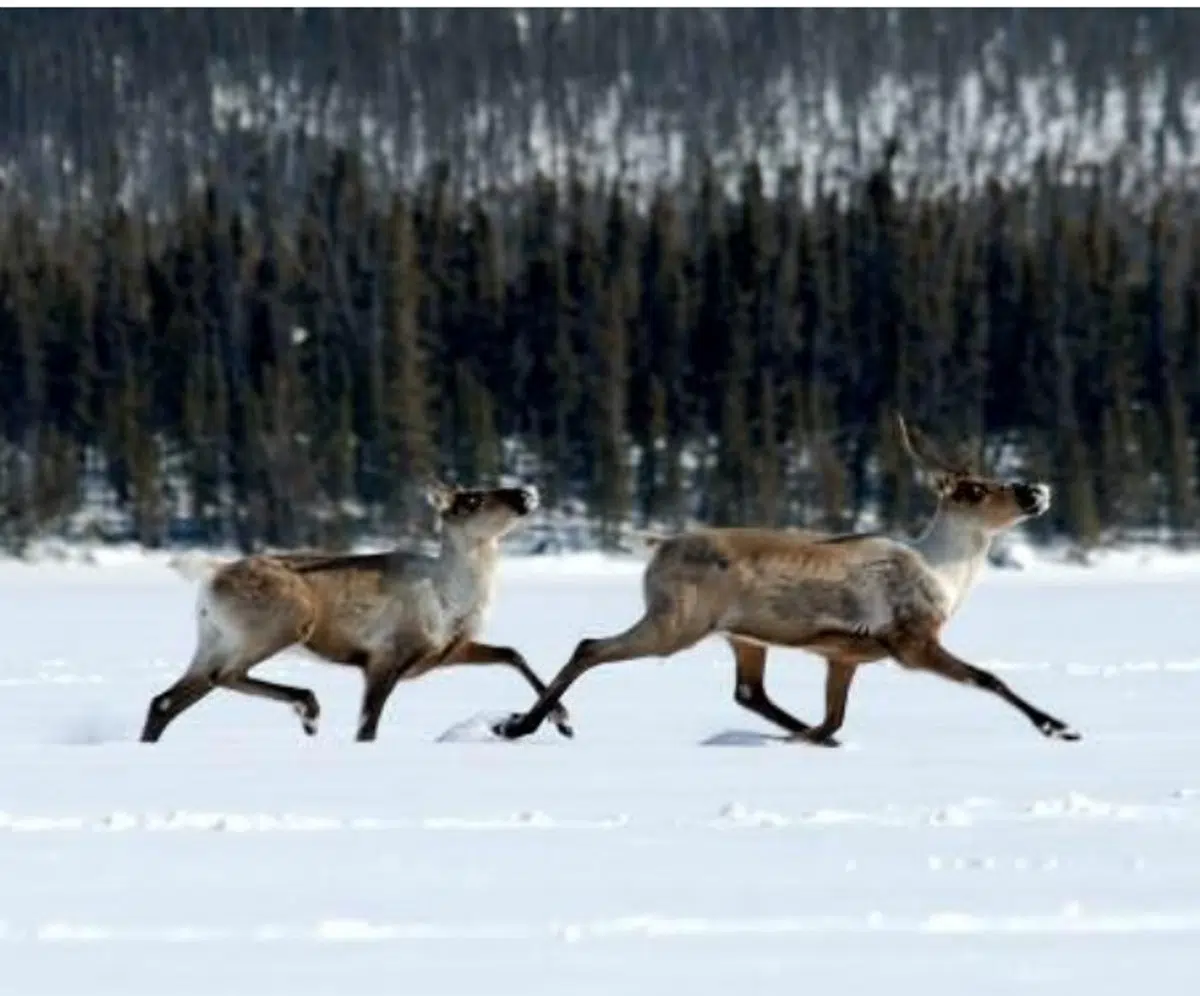
Identifying critical caribou habitat in Boreal Shield difficult
The area encompassing more than 18 million hectares in northern Saskatchewan is making it difficult for environmental officials to identify critical habitat for the boreal caribou in their Boreal Caribou Recovery Strategy.
This area, known as the “boreal shield”, is the only range in Canada that biologists could not identify.
“We’ve identified critical habitat in 50 of the 51 [ranges] and the one that we haven’t is in the range called the ‘boreal shield’, which is in northern Saskatchewan and the we reason that we haven’t identified critical habitat there yet is because it’s in a rather unique situation where it has very high levels of fire and very low levels of human disturbance,” said wildlife biologist with Environment Canada Greg Wilson.
Wilson explained they have done a lot of modelling on how much critical habitat is required in every range, but because of the boreal shield they weren’t sure if they could apply this model for this circumstance.


